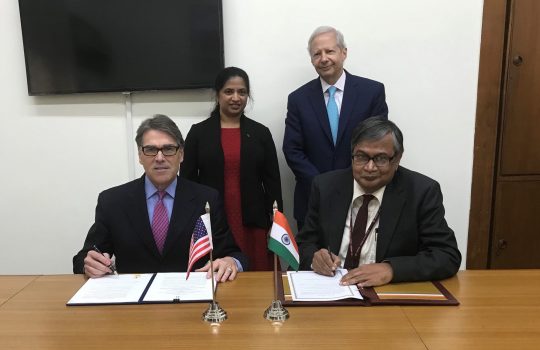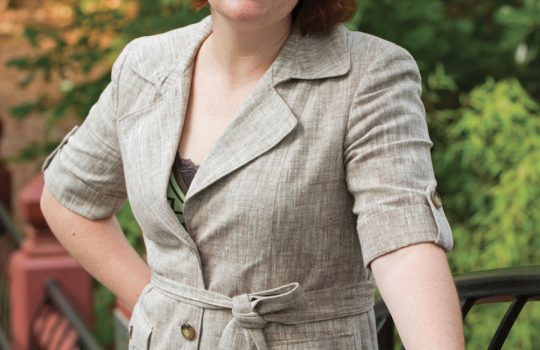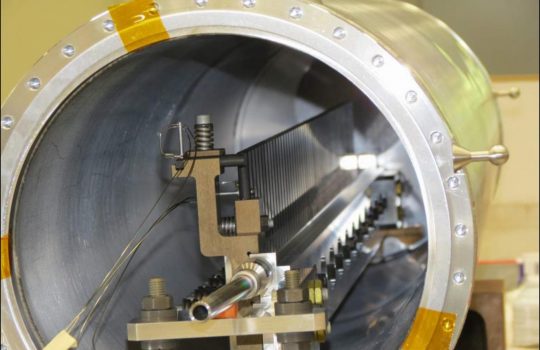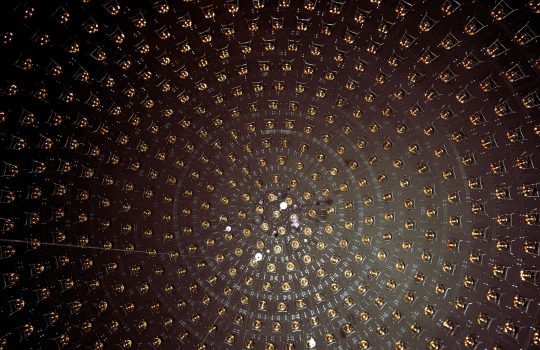USA pushes reactor deal with India
- collaboration
- DAE
- Deep Underground Neutrino Experiment
- DOE
- DUNE
- India
- internationality
- LBNF
- Long-Baseline Neutrino Facility
- neutrino
From NEI Magazine, April 19, 2018: India and the United States have signed an agreement enabling their scientists to collaborate on the development and construction of different types of neutrino detectors, including for LBNF/DUNE.




